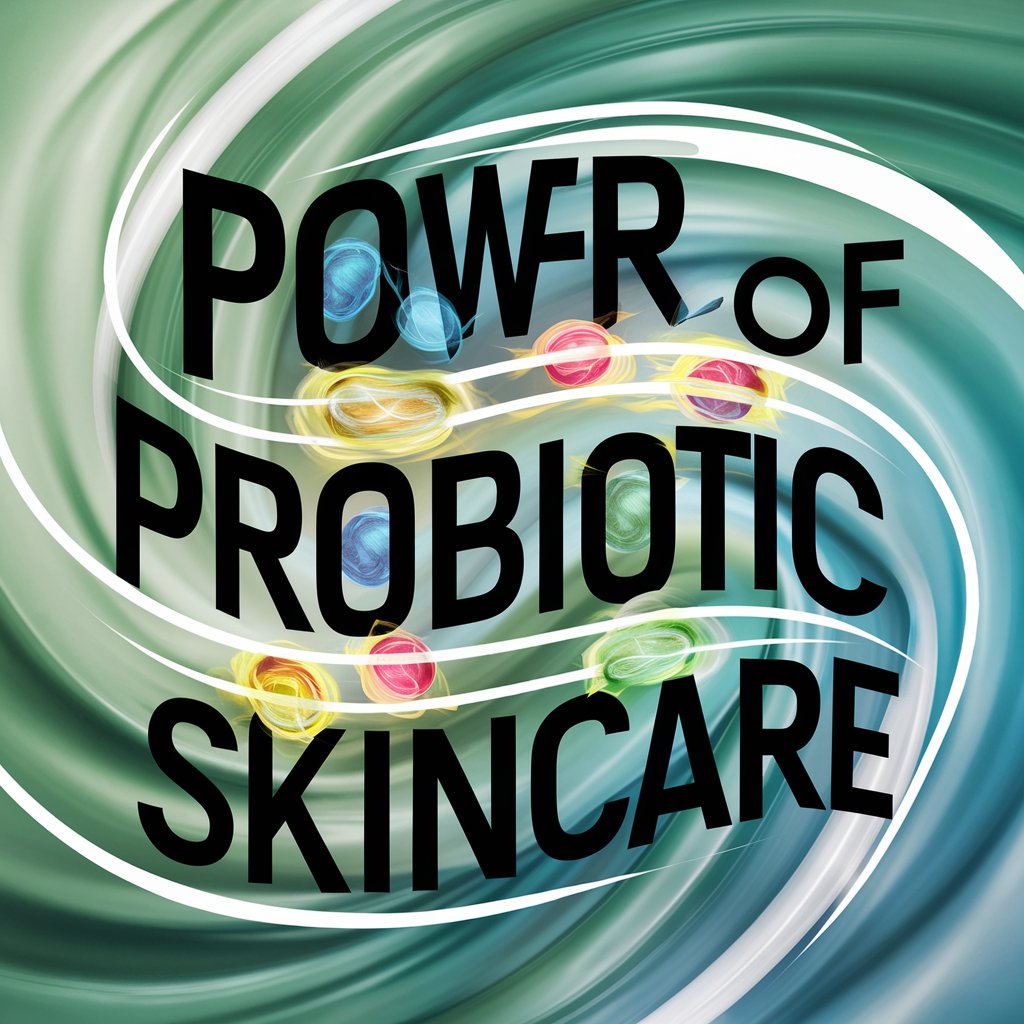Breastfeeding is often hailed as the gold standard for infant nutrition, offering numerous benefits for both mother and baby. Yet, despite its widespread endorsement by health professionals, various myths and misconceptions continue to cloud public understanding. For example, a study on breastfeeding difficulties among mothers with chronic conditions highlights how breastfeeding challenges can vary widely and may require targeted support . This article aims to debunk common breastfeeding myths, provide factual information, and offer practical advice based on the latest research.
1. Myth: You Can’t Breastfeed if You Have Flat or Inverted Nipples
Fact: Flat or inverted nipples do not automatically preclude breastfeeding. Many mothers with these conditions successfully breastfeed with the right techniques and support.
Actionable Advice:
- Use Nipple Shields: These can help your baby latch on more effectively.
- Try Different Positions: Experiment with different breastfeeding positions to find what works best for you and your baby.
2. Myth: Breastfeeding is Always Easy
Fact: Breastfeeding can be challenging, especially in the early days. While some mothers and babies may find it easy and intuitive, others may encounter difficulties. Issues such as latching problems, sore nipples, and concerns about milk supply are common.
Actionable Advice:
- Seek Support: Consult a lactation consultant or a breastfeeding support group. They can offer personalized guidance and support.
- Practice Patience: Give yourself time to adjust. It’s normal for breastfeeding to take a little while to become comfortable. Additionally, focusing on the 3 Golden Hours of breastfeeding, the critical period immediately after birth—can be instrumental. During this time, initiating breastfeeding can help establish milk supply and strengthen mother-infant bonding.
3. Myth: Breastfeeding Will Make Your Breasts Sag
Fact: The changes in breast appearance during and after breastfeeding are primarily due to the natural aging process, hormonal changes, and pregnancy itself. Studies have shown that breastfeeding does not cause sagging, but rather, it is a combination of factors including genetics and the physical changes that occur during pregnancy.
Actionable Advice:
- Wear Supportive Bras: A well-fitting, supportive bra can help maintain breast comfort and appearance.
- Focus on Health: Maintain overall health and fitness to support skin elasticity.
4. Myth: Breastfeeding is Not Sufficient for Baby’s Nutrition After Six Months
Fact: Breastfeeding continues to provide essential nutrients and immune protection for the first year and beyond. While introducing solid foods is important for additional nutrients, breast milk remains a crucial part of the diet.
Actionable Advice:
- Continue Breastfeeding: Breastfeed alongside introducing solids, according to your baby’s readiness and nutritional needs.
- Consult with Pediatricians: They can offer guidance on balancing breastfeeding with solid foods.
Do remember that you can freeze breast milk in the event that you do make too much at one point. This can take a little pressure off you if you get some in the bank. If regular freezing still feels limiting—for instance when you want a truly long-term, shelf-stable reserve for travel, future return-to-work plans or donation—there are other preservation methods worth considering.
One increasingly discussed option is freeze-drying, which removes moisture to keep milk stable without a freezer and can make storage and portioning much simpler. It’s not a one-size-fits-all solution, but learning about the benefits of freeze-dried breast milk can help you decide whether it’s a practical addition to your feeding strategy. As always, check with your lactation consultant or paediatrician to see if it suits your baby’s needs.
5. Myth: You Need to Eat a Special Diet to Breastfeed
Fact: While a healthy, balanced diet is important for breastfeeding mothers, there is no need for a special or restrictive diet. Most women can maintain a healthy milk supply with a varied diet that includes plenty of fruits, vegetables, whole grains, and protein.
Actionable Advice:
- Eat a Balanced Diet: Focus on nutritious, whole foods and stay hydrated.
- Consult a Dietitian: If you have specific dietary concerns or restrictions, a registered dietitian can offer tailored advice.
6. Myth: Breastfeeding is Painful
Fact: While some discomfort is normal when starting breastfeeding, it should not be persistently painful. Pain can be a sign of improper latching or other issues that need to be addressed.
Actionable Advice:
- Check Latch: Ensure that your baby is latching on correctly. Seek help from a lactation consultant if needed.
- Use Nipple Cream: A lanolin-based nipple cream can help soothe and protect sore nipples.
7. Myth: Formula is Just as Good as Breast Milk
Fact: While infant formula is a viable alternative and provides essential nutrients, breast milk offers unique benefits that formula cannot fully replicate. Breast milk contains antibodies and other bioactive compounds that help protect infants from infections and diseases.
Actionable Advice:
- Understand Your Choices: If breastfeeding is not an option, consult with your pediatrician to choose a suitable formula and ensure your baby’s nutritional needs are met.
8. Myth: You Must Avoid All Alcohol and Caffeine While Breastfeeding
Fact: Moderate consumption of alcohol and caffeine is generally considered safe for breastfeeding mothers. However, excessive amounts can affect milk production and quality.
Actionable Advice:
- Limit Intake: Follow guidelines that recommend limiting alcohol to one standard drink per day and caffeine to around 300 mg per day.
- Time It Right: If consuming alcohol, plan to breastfeed before drinking or pump and store milk ahead of time.
9. Myth: Breastfeeding Will Prevent You from Getting Pregnant
Fact: While exclusive breastfeeding can delay the return of menstruation and reduce fertility, it is not a guaranteed method of contraception. Ovulation can occur before the first postpartum period.
Actionable Advice:
- Use Contraception: Discuss birth control options with your healthcare provider to avoid unintended pregnancies.
10. Myth: You Have to Breastfeed for a Year to See the Benefits
Fact: Any amount of breastfeeding can provide significant health benefits for both mother and baby. The American Academy of Pediatrics recommends breastfeeding for at least the first six months, with continued breastfeeding for as long as mutually desired.
Actionable Advice:
- Breastfeed as Long as Possible: Even short-term breastfeeding can be beneficial. Follow your and your baby’s needs and preferences.
Conclusion
Understanding and addressing breastfeeding myths with accurate information is crucial for supporting new mothers and infants. By debunking these misconceptions, we can help create a more informed and supportive environment for breastfeeding families. Whether you are a new mother, a healthcare provider, or simply interested in the topic, recognizing the facts and accessing proper support can make a significant difference in the breastfeeding journey.






